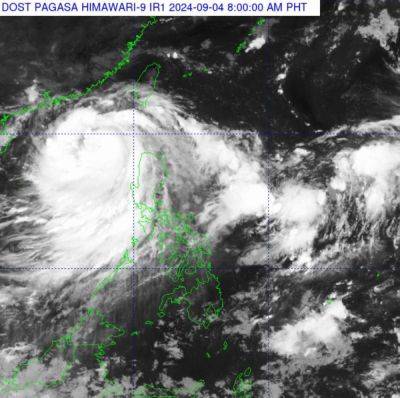Enhanced
The weather scientists are hurting.
They do issue timely warnings about approaching tropical cyclones and the monsoons, and they do get it right, according to the forecasters of the Philippine Atmospheric, Geophysical and Astronomical Services Administration (PAGASA).
So why do people, including certain government officials, think otherwise?
Even President Marcos seems to believe the warnings are given too late. He has ordered relevant agencies to improve the system so that classes and office work can be suspended and disaster mitigation preparations can be done on the eve of the projected arrival of heavy monsoon-induced rainfall or a powerful cyclone.
The problem may lie in the way we get our weather warnings, which is mainly through our cell phones. These are the noisy alerts sent out by the National Disaster Risk Reduction and Management Council (NDRRMC), providing color-coded rainfall advisories with warnings about possible flooding and landslides.
At least this is what I and most of the people I know remember about the way we learn about weather warnings.
PAGASA personnel point out (correctly, it seems) that they have people on duty 24/7, and that they release weather warnings around the clock to the public.
The problem probably lies in the way people access such warnings. Who goes out of his way to check out the PAGASA website regularly? Why, people don’t have enough time even to watch everything they like on TikTok and monitor their social media exchanges.
Not everyone watches or listens to the evening news, where PAGASA weather advisories are reported. When it comes to the weather situation, we’re mostly passive folks; we prefer to wait for the government to send us the warning when needed, through the most convenient way – cell phone alerts.
The NDRRMC does this for rainfall warnings, presumably based on the PAGASA advisories. The problem is that we get the NDRRMC alerts in real time, when we are already stuck in flooded streets, or looking out the office or school window at the downpour that has caused near-zero-visibility, with floodwaters rising rapidly all around us.
* * *
This was what I encountered last Sunday night, as Enteng was






